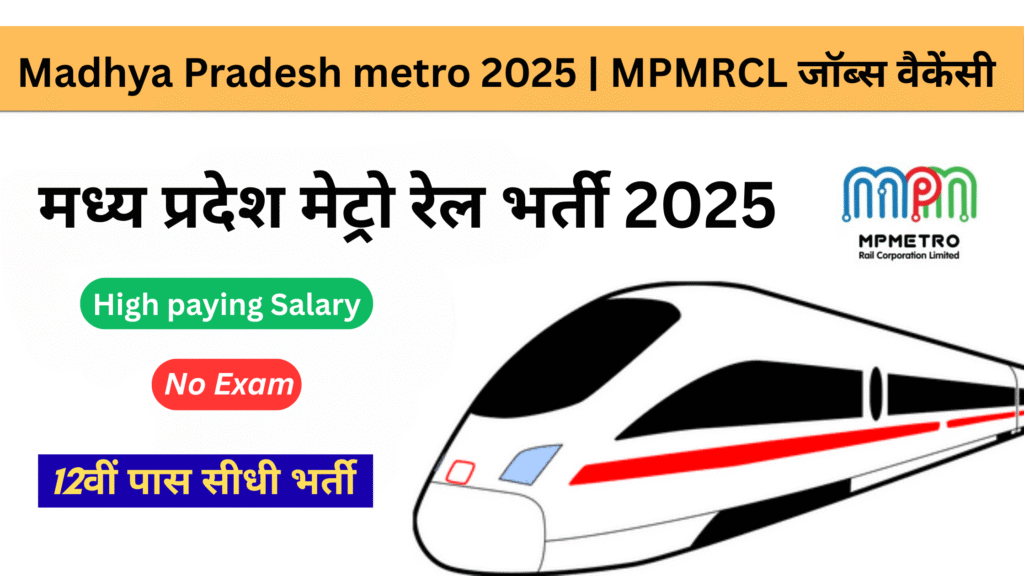Kumbh Mela Prayagraj 28 Jan 2025
The Maha Kumbh Mela, which takes place once every lunar cycle of twelve years, is a colossal festival where millions partake in ritualistic bathing at the confluence of the Ganges, Yamuna, and mythical Saraswati rivers. According to legend, it was at this very location that gods and demons fought a great battle over the elixir of immortality, and four drops fell to earth, marking the places where this religious extravaganza should be celebrated. With roots traced back to sacred Vedic scriptures and Puranas, this momentous occasion exemplifies the synergy of Hindu faith, folklore, and India’s diversified cultural lineage all amalgamated into one mammoth pageant that overwhelms the senses. Kumbh Mela Prayagraj
Kumbh Mela Historical Significance’
According to ancient Hindu mythology, the roots of the revered Kumbh Mela religion trace back to a divine event known as the Samudra Manthan. As chronicled in sacred scriptures like the Bhagavata Purana and Mahabharata, the struggle ensued when gods and demons worked together to churn the cosmic ocean in search of immortality. Their collaboration inadvertently unleashed chaos across the heavens. Through a series of twists and turns in the legends, four sacred drops emerged from the depths and fell to earth, blessing four pilgrimage sites with healing waters. Of these, Prayagraj holds especially profound significance as astrological texts indicate the powerful confluence there was energized by supernaturally auspicious timing.
The rhythm and locations of this massive ceremonial gathering are intricately interwoven with the movements of celestial forces. The festival unfolds according to prophecies embedded within planetary alignments and astrological charts focused on the positions and interplays of Jupiter, the Sun, and the Moon. The Kumbh Mela thus serves not only as an opportunity for spiritual renewal but also to realign humanity with greater cosmic patterns and purposes.
Key Elements of the Maha Kumbh Mela
The Prayagraj Maha Kumbh Mela is a multidimensional event encompassing religious rituals, spiritual discourses, cultural activities, and social gatherings. Here are its main components:
1. The Holy Dip
The centerpiece of the Maha Kumbh Mela is the ritualistic bath (Snan) in the sacred waters of the Triveni Sangam. Pilgrims believe that bathing in the Sangam during the auspicious days of the Mela washes away sins, liberates the soul from the cycle of birth and death, and paves the way for moksha (salvation).
2. Akharas and Sadhus
The Kumbh Mela serves as a congregation for various Akharas—monastic orders of ascetics. The Akharas play a crucial role in maintaining the traditions of Hinduism and are categorized into Shaivite (devotees of Lord Shiva) and Vaishnavite (devotees of Lord Vishnu) sects. The prominent Akharas include:
- Juna Akhara
- Niranjani Akhara
- Mahanirvani Akhara
- Akhil Bharatiya Akhara Parishad
Sadhus (holy men) from these Akharas, including Naga Sadhus (naked ascetics), Urdhwavahurs (ascetics practicing extreme penance), and Parivrajakas (wandering monks), are a unique feature of the Mela. Their spiritual practices, meditations, and discourses attract devotees.
3. Shahi Snan (Royal Bath)
The Shahi Snan, or royal bath, marks the most auspicious occasions of the Kumbh Mela as millions of ascetics, pilgrims, and spectators converge on the banks of the holy rivers. At this time, the Akharas led by their leaders proceed in grand ceremonial processions towards the Sangam, the sacred confluence of the Ganges, Yamuna and the mythical Saraswati rivers, led by men carrying tridents and naked save for loincloths. These vibrant processions, accompanied with rousing chants, vibrant folk music, and displays of ancient weaponry symbolize the spiritual authority and peaceful ideals of various Akharas. The Akharas believe that taking a holy dip at the Sangam during this period will help cleanse sins and lead to moksha or salvation.
4. Religious Discourses and Cultural Events
The Mela serves as a platform for both spiritual growth and cultural enlightenment through impactful sermons, moving prayers, and insightful recitations delivered by renowned gurus and esteemed scholars from across the land. Entertainment and education is provided to attendees through fascinating cultural performances including folk dances rich in tradition, soulful music echoing through the crowds, and theatrical dramatizations bringing mythological stories to life on stage.
Logistics and Scale
The immense Prayagraj Maha Kumbh Mela is a monumental organizational feat requiring meticulous planning and coordination between countless individuals. For the duration of the festival, it transforms the character of Prayagraj itself, morphing the city into a bustling spiritual nexus teeming with pilgrims, volunteers, merchants and more. The coordinated efforts are what allows millions of people to temporarily coexist in an space usually unable to accommodate such massive numbers.
Duration and Timing
The festival typically spans 1–3 months, depending on the year and the celestial alignments. Specific dates for the holy baths are determined by astrologers and announced in advance.
Infrastructure and Facilities
To accommodate millions of visitors, the government sets up a vast temporary infrastructure that includes:
- Tented Accommodation: Various camps and shelters, ranging from basic facilities for pilgrims to luxury tents for international visitors.
- Sanitation and Cleanliness: Thousands of temporary toilets and waste management systems ensure hygiene.
- Transportation and Connectivity: Roads, railways, and airports are upgraded to handle the massive influx of people.
- Healthcare and Safety: Medical camps, ambulances, and security personnel are deployed to manage emergencies.
Tech Integration
Recent editions of the Kumbh Mela have embraced technology, offering online registration, real-time crowd monitoring, and app-based information services.
Spiritual and Social Impact
The Maha Kumbh Mela is not just a religious event but also a social and cultural phenomenon. Its impact includes:
1. Spiritual Enlightenment
For devotees, the Mela is an opportunity to deepen their faith, seek blessings, and rejuvenate their spiritual lives.
2. Cultural Exchange
The event attracts millions of domestic and international visitors, creating a melting pot of cultures, languages, and traditions.
3. Economic Boost
The Kumbh Mela generates significant revenue through tourism, trade, and local business activities. Vendors, artisans, and performers benefit immensely.
4. Academic Interest
The festival is a subject of interest for researchers studying religion, sociology, and anthropology. The United Nations Educational, Scientific and Cultural Organization (UNESCO) recognized the Kumbh Mela as an Intangible Cultural Heritage of Humanity in 2017.
Challenges
Organizing an event of this magnitude comes with its challenges:
- Crowd Management: Ensuring the safety of millions of attendees is a daunting task.
- Environmental Concerns: The massive gathering puts pressure on the local environment, including the rivers and surrounding areas.
- Logistics and Security: Maintaining seamless operations and preventing stampedes or accidents requires robust systems and coordination.
- Waste Management: Handling the enormous amount of waste generated during the festival is critical to its success.
Recent Developments
The 2019 Prayagraj Kumbh Mela established a gold standard with its meticulous preparation, innovative digital solutions, and eco-friendly practices. Drawing over two hundred and forty million pilgrims, it became the most significant congregation ever documented. The organizers prioritized sustainability by prohibiting single-use plastics and advocating for river preservation through community outreach programs. Meanwhile, technological enhancements optimized operations, and satellite monitoring protected devotees.
Looking ahead to 2025, the next Mela in Prayagraj promises to surpass all past iterations in scale and organization. Coordinators intend to harness cutting-edge technologies like artificial intelligence and blockchain to streamline infrastructure and crowd management. Globalization has expanded participation beyond India’s borders, with virtual pilgrimages broadening accessibility. Environmental targets also grow more ambitious, as conservationists and volunteers unite to safeguard local biodiversity. Through innovative planning and modern solutions, the upcoming Kumbh aims to establish a new global benchmark for mass religious events.
Conclusion
The Prayagraj Maha Kumbh Mela stands as a vibrant symbol of India’s profound spiritual roots and rich cultural tapestry. It encapsulates the very soul of belief, togetherness and dedication, crossing all frontiers to unite millions in their soulful search. As a worldwide phenomenon, it never ceases to evoke wonder and respect while securing its place for all the tomorrows. Its legacy will echo through the ages, a resounding hymn to our shared inheritance – one of faith that brings all people near. Kumbh Mela Prayagraj






